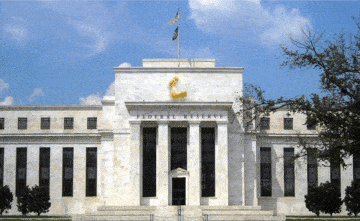 Robert Hockett over at the New Labor Forum:
Robert Hockett over at the New Labor Forum:
Here in the United States, we have an economic system in which public capital—the publicly issued national money supply—is almost entirely consigned to private management in the interest of private sector capital investors, more or less irrespective of its effects on working people. It is generated and allocated with little, if any, public control and flows in ways that harm working people—both by widening wealth inequalities and by stimulating asset price bubbles that inevitably burst, leaving millions of working people indebted and out of work.
Although this system has been entrenched for over a century and a half, it is possible to repair it and end the harms it does to workers by managing public capital—what I’ll call “Labor’s Capital”—publicly and private capital privately. Existing law provides us with most of the structure required to do this. All that is needed is a re-appreciation of the original purposes of our institutions and an associated re-appropriation of those institutions’ original mandates.
Without acknowledging it, we have already begun this process in the form of financial support programs established by the Federal Reserve System (the Fed) in response to the present pandemic. These programs have grown the Fed balance sheet to $9 trillion in only six months. In what follows, I show how we can accelerate economic reform to benefit working people. But first, it is necessary to review some fundamental economic principles as well as the history that has brought us to the current juncture.
More here.
